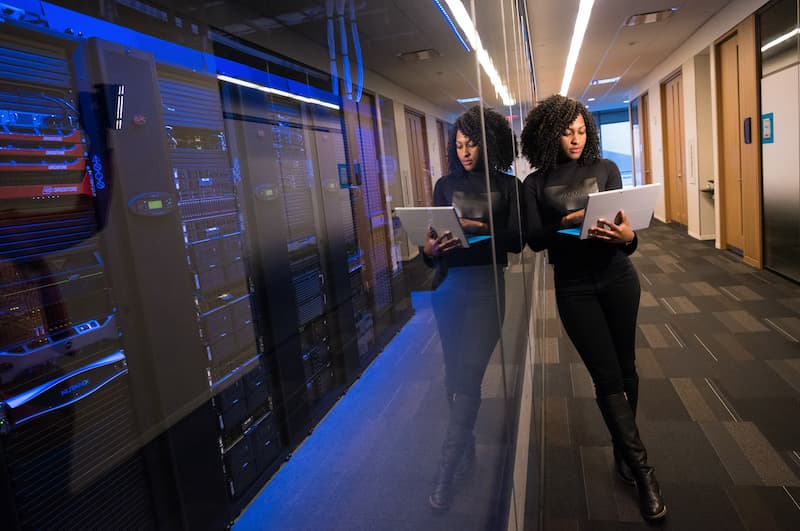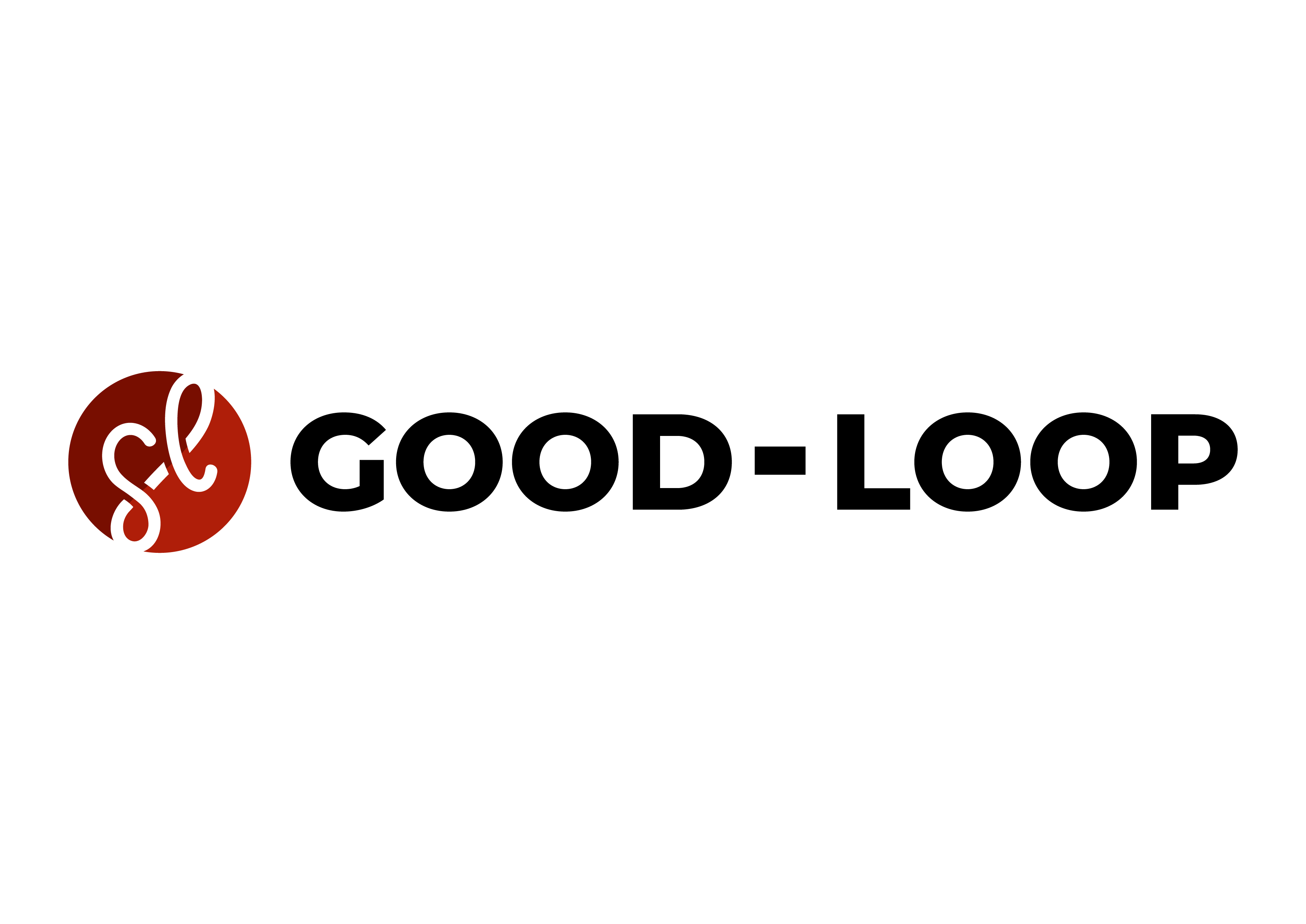Originally posted on AdExchanger on 10th November 2021.
The 2021 United Nations Climate Change Conference (COP26) is here. It's a time for all of us to reflect on what we can do to reduce the impact we have on our planet.
It seems like every day we're reminded that Earth is on fire - and only a concerted, coordinated effort across governments, industries and consumers will put the fire out.
Adland is no exception. With the average ad agency employee producing 3.4 tons of CO2 per year, it's no surprise that seven in 10 people working in the ad industry ( 71% ) are worried about the negative impact the industry has on the environment.
But what about digital advertising? The energy required to power digital advertising also leaves a hefty carbon footprint around the world. A typical online ad campaign emits 5.4 tons of carbon dioxide - a third of what an average US consumer produces in a year.
And that doesn't take into account the massive computing power required to fuel the trillions of auctions taking place across the length and breadth of the programmatic ecosystem every day, most of which do not end up with any ad being served.

So here are three ways that your brand can cut the carbon footprint of your digital ad campaigns and support green media today:
1. Get to the point
One of the biggest sources of digital advertising's carbon footprint is the energy required to serve and download ad content in real time - in other words, the smaller those files are, the better. Every second shorter your ad is, chances are there's a proportional savings in carbon emissions.
If you can trim that long 30-second ad to a tight 15 seconds, you'll likely have halved your carbon footprint while also creating a better user experience and gaining access to better distribution options.
It's a win for everyone, including Mother Earth.
2. Reward the climate content
Content about climate change from leading publishers has long been hard to monetize. A mixture of advertiser anxieties and blunt brand safety tools have meant it's incredibly easy (and common) for a brand to block their ad appearing next to any climate-related content.
The issue is that if this content is incredibly hard to monetize, then, in turn, the content also becomes harder to balance editorially. Quality writing is quality writing - and this should be how you approach brand safety.
News content and, by extension, climate content offer high-engagement, high-attention media positions - they're ideal for your brand to occupy. It's important to keep yourself in check and think like a consumer. Provided your ad appears in an environment they trust and has high-quality journalism around it, they will not attach any negative associations to the brand.
For the first movers to realize this, it also offers your brand a competitive advantage. Because this content is difficult to monetize, you can negotiate much more for it, making your media dollars work harder than ever while also funding world-saving journalism. Not a bad way to spend your money.
3. Be radically transparent
As you look to clean up your carbon footprint, talk to your vendors and ask them what they're doing. Good questions include asking whether they are running on green servers powered by renewable energy, how they approach file-size compression without affecting trading quality and whether they're measuring and offsetting their carbon impact.
Most vendors should be able to supply you with this data if you ask for it - and if they're unable to do so, that in itself becomes your answer.
In exchange, be transparent about your goals and your carbon performance. Discuss with each other and share what's working, what's not and where you're seeing emissions savings.
We've been able to greatly reduce the carbon output of an ad campaign by converting image files to SVGs (scalable vector graphics). SVGs work differently than normal image files in that, essentially, your web browser "draws" the image on your screen, meaning it only loads the absolute minimum required. This can easily save 30%-40% percent of your ad load. Plus, it's incredibly easy to implement, and your ad will now benefit from assets that scale easily to different ad sizes.
Green is good
Everyone wins by making your ad more green. The planet gets a breather, and you get a faster, cleaner, better-quality and better-performing ad.
As our brands and governments start to get serious about alleviating climate change, and as consumers hold them accountable, it's important that we all do our part.
It's not just good for the planet; it's good for our health. In a global study of 10,000 young people, 45% declared the climate emergency is causing anxiety and distress that affects their ability to function.
So let's stop both our planet and the next generation from burning out.

